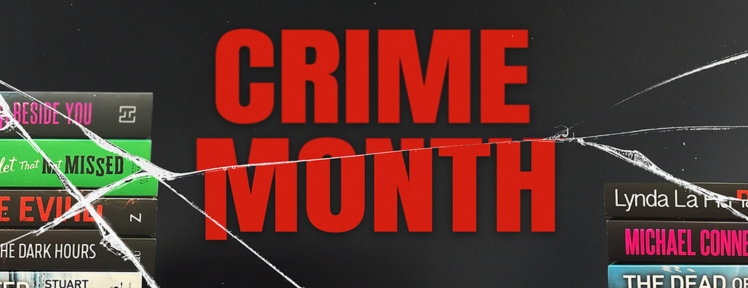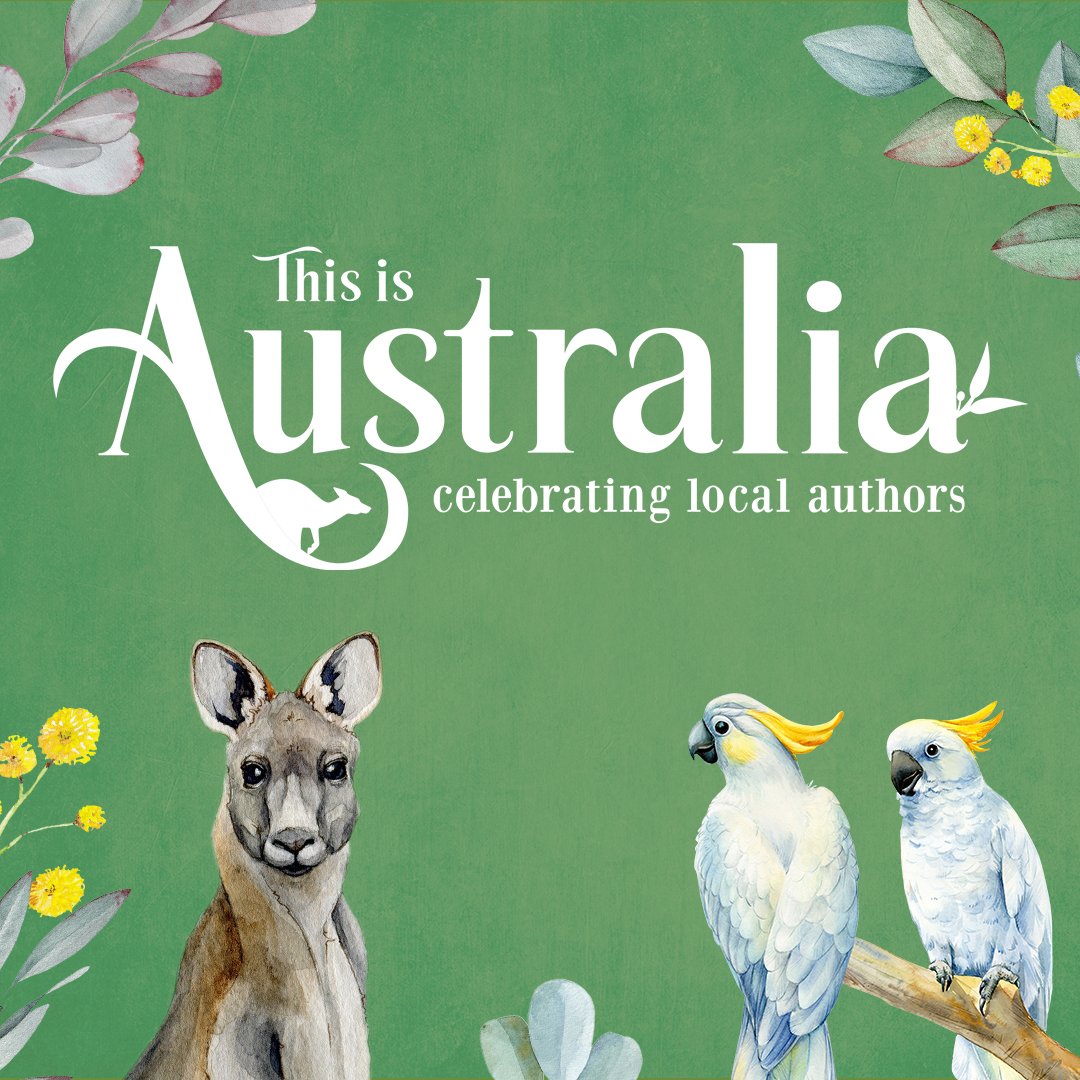Shelley Burr grew up on Newcastle’s beaches and her grandparents’ farm in Glenrowan, and on the road between the two. When not writing, she works in environmental policy in Canberra and is studying agriculture at the University of New England, with a focus on soil science. She is an alumnus of the ACT Writers Hardcopy program (2018) and a Varuna fellow. WAKE won the CWA Debut Dagger Award in 2019 and was shortlisted for the Kill Your Darlings Unpublished Manuscript Award and the Bath Novel Award.
Today, Shelley Burr is on the blog to take on our Ten Terrifying Questions! Read on …
 1. To begin with, why don’t you tell us a little bit about yourself – where were you born? Raised? Schooled?
1. To begin with, why don’t you tell us a little bit about yourself – where were you born? Raised? Schooled?
I was born in Newcastle, NSW and grew up there with my mother and brother, but also spent a good chunk of time with my father and grandparents on their farm outside Glenrowan, Victoria.
I attended high school in Newcastle. I spent a few years at Cardiff High and graduated from Merewether High School. I then went on to university in Sydney, graduating with a Bachelor’s in Commerce from UNSW.
I’m studying again now, gradually making my way through a qualification in Agriculture at UNE, majoring in Soil Science.
2. What did you want to be when you were twelve, eighteen and thirty? And why?
At twelve I wanted to be a marine biologist, largely because I imagined it as a lot of swimming with turtles in tropical oceans.
At eighteen I wanted to be a lawyer, because I was good at English and debate and it seemed like the thing to do when you excel at those subjects. Luckily I didn’t get into my first choice degree, and when I took the compulsory legal subjects for my Commerce degree I discovered I couldn’t stand all that business with precedents and precise interpretations. I wasn’t suited to it at all.
At thirty I was working for a government department as an accountant, and quite happy with it. My ambition was to be senior enough to be left to my own devices with my projects, rather than at the mercy of a new manager and a new strategic vision every six months. I’m lucky to have found that position now, as an expert in something I enjoy doing.
At every age I wanted to be a writer, but I never imagined doing it full time. I’m still undecided on that—I’ve scaled back my day job, but I’m not ready to let go entirely.
3. What strongly held belief did you have at eighteen that you don’t have now?
My core beliefs are much the same as they were then, but at eighteen I had a naïve belief that the main problem with the world was ignorance. If everyone knew the Facts they would all agree they were Facts and we could get stuck in to setting things to right. Learning that people disagree with facts that seem solidly backed by evidence, or that there are people who know the facts but deliberately obfuscate them for short term gains, shocked me then and shocks me now.
4. What are three works of art – this could be a book, painting, piece of music, film, etc – that influenced your development as a writer?
The Skull Beneath the Skin by P. D. James – a classic crime fiction novel, which I studied for a HSC crime fiction unit alongside Tom Stoppard’s The Real Inspector Hound. It’s a genre work, but one that’s rich with intertextual references and social commentary. I hear my high school self slip out sometimes when I start to really nerd out while talking genre conventions.
The weird thing is that I wasn’t a particularly diligent student during that unit. I’d just started dating the boy who is now my husband, and was much more interested in that. I think my teacher Mrs McNaughton would be completely bemused to learn I’m now a crime fiction author.
Every Frame a Painting – a YouTube series by Taylor Ramos and Tony Zhou. While EFaP focused on filmmaking, I learned so much about how to use every detail available to you to tell a story. They’re quick and to the point – you could watch the whole series in an afternoon. Then watch it again because you’re devastated there’s no more.
Good Omens, by Terry Pratchett and Neil Gaiman. There is a dialogue in this book that I consider the perfect scene—an angel and a demon getting drunk together in a bookshop, talking nonsense about dolphins and gorillas and The Sound of Music, while the demon persuades the angel to help him prevent Armageddon. Its funny, and musical, and establishes the stakes while also laying the groundwork for the ending. Every time I sit down at my keyboard I’m trying to write something even one tenth as elegant as those few pages.
‘There’s an intense vulnerability in putting out a book—we spend years dragging it out of ourselves letter by letter, and then send it out into the world.’
5. Considering the many artistic forms out there, what appeals to you about writing a novel?
A novel is the most forgiving art form. You can get 30,000 words into a manuscript, finally figure out what the book is actually about, and go back to word one and start again. Most of my writing is done in editing.
I’m amazed by stone carving as an art form. How does a person bring themselves to strike the chisel, knowing that a piece of stone chipped away can’t be undone. I would just circle the block endlessly, trying to convince myself to start.
6. Please tell us about your latest novel!
WAKE is the story of Mina McCreery, whose twin sister Evelyn disappeared from their shared bedroom when they were nine years old. The case was a media sensation, and a favourite of amateur sleuths and true crime obsessives.
Now a reclusive and anxious adult, Mina lives alone on her family’s destocked sheep farm. She is approached by Lane Holland, a private detective who wants her help to reinvestigate the case. However, Lane has his own agenda and dangerous obsessions.
7. What do you hope people take away with them after reading your work?
My favourite piece of feedback is to hear that Mina and Lane lingered in the minds of readers long after they finished the book. I hope I’ve created characters that people genuinely care about.
8. Who do you most admire in the writing world and why?
I have a particular admiration for memoirists. I’ve read some extraordinary memoirs recently –Yves Rees, Natasha Sholl, Veronica Gorrie, Michelle Tom.
There’s an intense vulnerability in putting out a book—we spend years dragging it out of ourselves letter by letter, and then send it out into the world. Best case scenario, the people who love it outnumber the people who loathe it. Worst case scenario, nobody cares.
For memoirists, their book is literally a piece of themselves. It’s immensely brave.
9. Many artists set themselves very ambitious goals. What are yours?
My ultimate goal is simple: I want a book of mine to be adapted into a movie. I want Nick Cave to write an original song for it, and to bring me to the Oscars as his date when it gets nominated for Best Original Song. I’ve cleared this with my husband, who is also a fan.
10. Do you have any advice for aspiring writers?
Find yourself a community of emerging writers. Connect to your local writers group if you can, or seek one out online if you’re somewhere that makes that impossible. You’ll be amazed at the opportunities that come up when you start to forge connections.
Thank you for playing!
—WAKE by Shelley Burr (Hachette Australia) is out now. Limited signed copies are available while stocks last!

WAKE
Limited Signed Copies Available!
A searing debut crime novel where the grief and guilt surrounding an unsolved disappearance still haunt a small farming community . . . and will ultimately lead to a reckoning.
The small town of Nannine lies in the harsh red interior of New South Wales. Once a thriving outback centre of stockyards and sheep stations, years of punishing drought have petrified the land. Now nearly a ghost town, Nannine has been whittled down to no more than a stoplight, a couple of pubs and a police station. But it has another, more sinister claim to fame...







 What do we know about the Boy Swallows Universe Netflix show?
What do we know about the Boy Swallows Universe Netflix show?  Booktopia’s top thrilling fiction picks for Crime Month
Booktopia’s top thrilling fiction picks for Crime Month  Booktopia’s Top First Nations Book Recommendations for 2023
Booktopia’s Top First Nations Book Recommendations for 2023
Comments
May 11, 2022 at 10:10 pm
I am “completely bemused”. Congratulations Shelley! I look forward to reading your work x